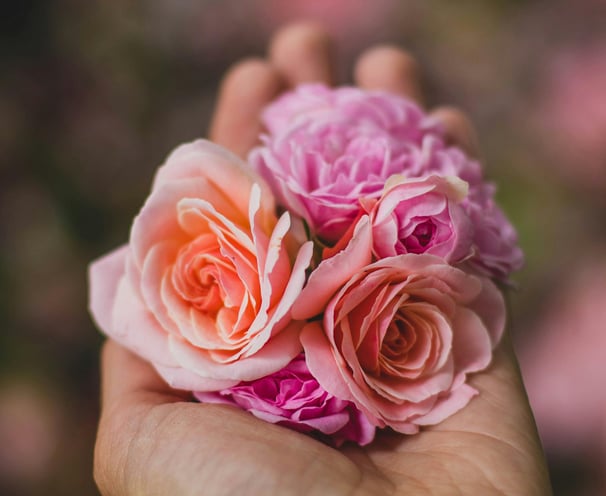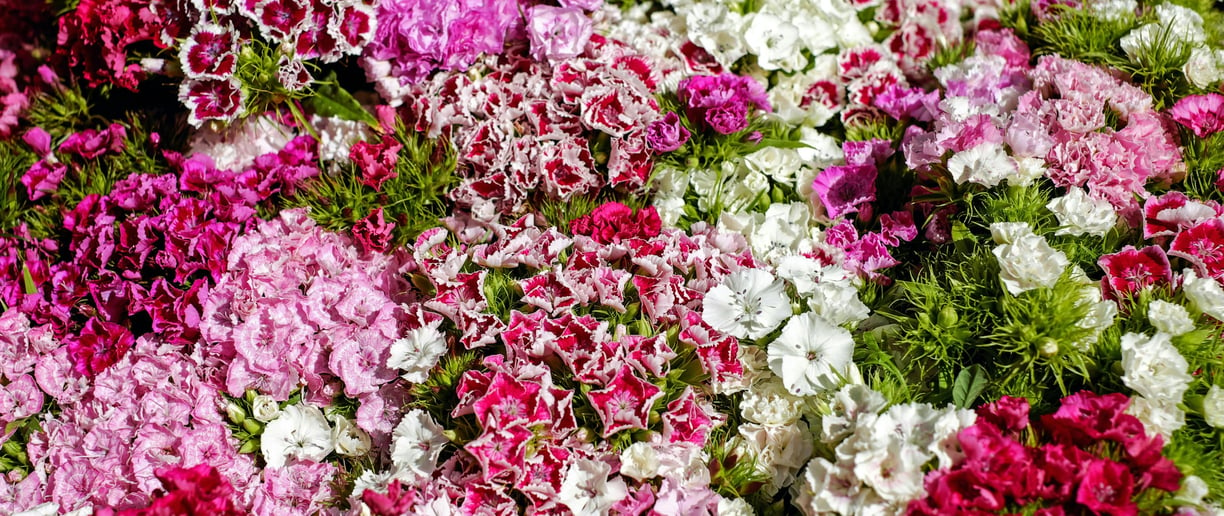

Rose, the timeless symbol of love and beauty, graces gardens and landscapes with its captivating presence and intoxicating fragrance. Originating from various regions across the globe, roses boast a diverse array of colors, forms, and fragrances, captivating hearts for centuries. With their velvety petals and enchanting scent, roses have held significant cultural and symbolic importance, adorning celebrations, rituals, and expressions of affection. Revered for their elegance and grace, roses find their way into perfumes, cosmetics, and home decor, infusing spaces with romance and luxury. Additionally, rose petals are cherished for their culinary uses, adding a delicate floral essence to teas, jams, and confections. Whether admired for their exquisite blooms, cherished for their timeless symbolism, or indulged in for their aromatic essence, roses continue to inspire and enchant, embodying the essence of love and beauty in nature.
Rose
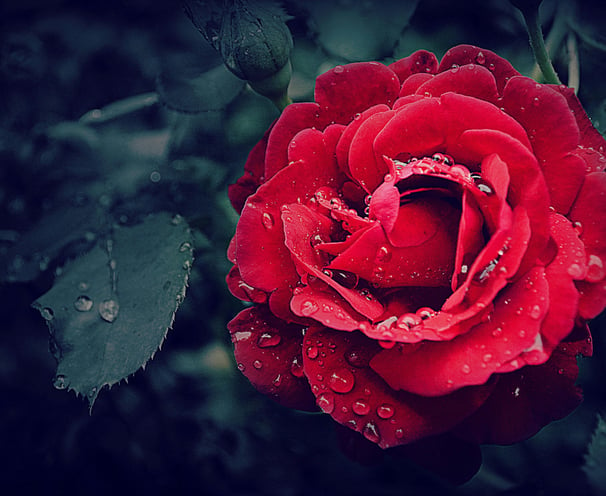

Rose plants thrive in well-drained soil that is rich in organic matter and slightly acidic to neutral, with a pH level between 6.0 and 7.0. It's essential to ensure good drainage to prevent waterlogged conditions, which can lead to root rot. Sandy loam or loamy soil with good structure is ideal for roses. Prior to planting, amend heavy clay soils with organic matter such as compost, well-rotted manure, or peat moss to improve soil texture and drainage. Incorporating a balanced fertilizer formulated for roses during planting or in early spring provides essential nutrients for healthy growth and abundant blooms. Additionally, mulching with organic materials helps retain moisture, suppress weeds, and regulate soil temperature. Selecting a sunny location with at least 6 hours of direct sunlight per day promotes vigorous growth and prolific flowering. Regular monitoring of soil moisture and pH levels, along with proper watering and fertilizing, ensures optimal soil conditions for thriving rose plants.
Soil Needs
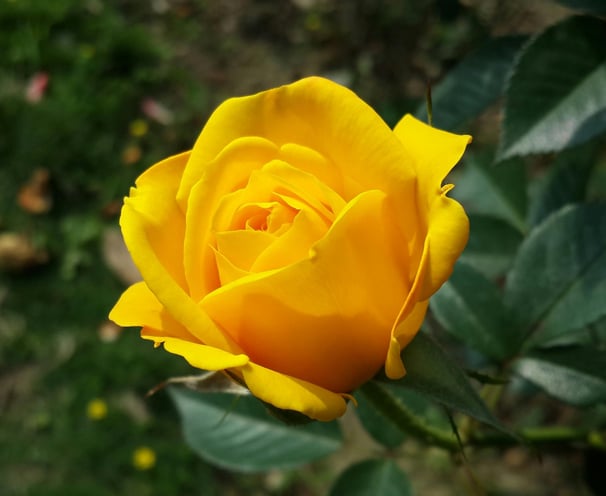

Rose water needs vary depending on factors such as climate, soil conditions, and stage of growth. Generally, roses require regular watering to maintain soil moisture and promote healthy growth and blooming. During the growing season, provide roses with deep, thorough watering at least once a week, ensuring the soil is evenly moist but not waterlogged. Watering early in the day allows foliage to dry before evening, reducing the risk of fungal diseases. In hot, dry climates or during periods of drought, increase watering frequency to keep the root zone consistently moist. Mulching around the base of rose plants helps retain soil moisture and suppress weed growth. Avoid overhead watering to prevent water from settling on foliage, which can lead to fungal infections. During cooler months or dormancy, reduce watering frequency but ensure the soil doesn't dry out completely. Regularly monitor soil moisture levels and adjust watering accordingly to meet the specific needs of your roses for optimal health and blooming.
Water Needs
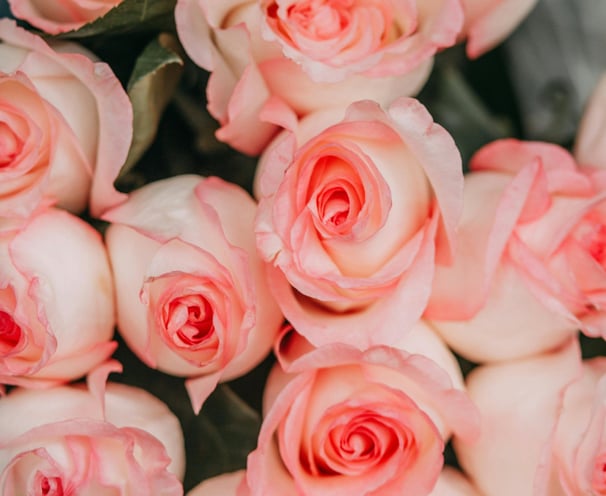

Rose fertilizer needs are crucial for fostering robust growth and prolific blooming. Optimal fertilization typically involves applying a balanced, slow-release fertilizer formulated for roses during the growing season, from early spring to late summer, following package instructions. Early spring fertilization promotes strong root development and flowering, with a focus on phosphorus-rich formulations. Transitioning to a nitrogen-rich fertilizer during the growing season sustains lush foliage and continuous blooming. Organic options like compost or aged manure can also provide beneficial nutrients. It's important to water roses thoroughly after fertilizing to ensure nutrients reach the roots effectively. Regular monitoring of plant health and adjusting fertilization practices accordingly helps maintain vigorous growth and vibrant blooms throughout the season.
Fertilizer Needs


Rose varieties offer a rich tapestry of colors, fragrances, and forms, each contributing its unique allure to gardens worldwide. Among the plethora of choices, some popular rose varieties include:
Hybrid Tea Roses: Known for their elegant form and large, solitary blooms, hybrid tea roses are favored for their exquisite fragrance and diverse color range.
Floribunda Roses: Characterized by clusters of smaller blooms, floribunda roses offer a profusion of color and a longer blooming season, making them ideal for mass plantings and borders.
Grandiflora Roses: A cross between hybrid tea and floribunda roses, grandiflora roses feature large, showy blooms borne in clusters atop tall stems, adding a touch of grandeur to the garden.
Climbing Roses: With their vigorous growth habit and sprawling canes, climbing roses add vertical interest to landscapes, adorning trellises, fences, and walls with cascades of fragrant blooms.
Shrub Roses: Versatile and easy to care for, shrub roses encompass a diverse range of forms and sizes, from compact bushes to sprawling groundcovers, offering continuous blooms and disease resistance.
Miniature Roses: Petite in size but big on charm, miniature roses feature tiny blooms on compact bushes, making them perfect for container gardening and small spaces.
These are just a few examples of the wide variety of roses available to gardeners, each with its own unique characteristics and appeal.
Rose Varieties
